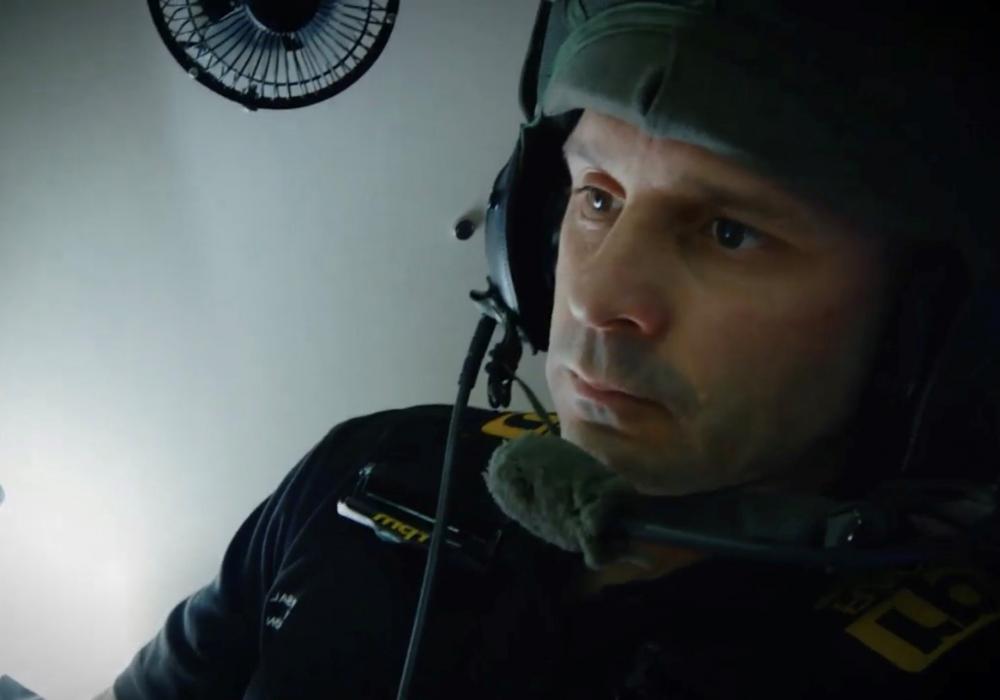GMC member Universal Motion Simulation (UMS) has a busy month ahead as it prepares to present at GMC’s Technology and Innovation Summit on April 21 and visit South Korea to pitch its state-of-the-art driver-training simulator.
Waurn Ponds-based UMS has a strategic agreement with Hanwha Defence Australia, which manufactures South Korea’s K9 self-propelled howitzer, and the business has to date contracted more than $50 million in business with the Australian federal government.
“Being in Geelong is advantageous for a number of reasons, particularly as we look forward to potential collaboration with Hanwha given they are going to build their significant manufacturing capability in Avalon,” says UMS CEO Peter Meikle, who will share insights on a Technology and Innovation Summit panel next month at GMHBA Stadium.
UMS manufactures its Reconfigurable Driver Simulator (RDS) which features a six degree of freedom robotic arm, interchangeable replica vehicle cabins and immersive simulation environments with detailed terrain modelling.
The unique robotics allow very high-fidelity simulation of the motion of a vehicle.
“You can train recruits from their first ride ever right up to advanced training in a secure environment with enhanced safety. It has got a lot of benefits — consistency in training outcomes, you can’t be observed, greatly enhanced safety, and it’s cheaper,” explains Dr Meikle.
“The magic is actually in the integration of the physical hardware with the simulation environment — combining the physical cabin with vehicle dynamics and different models of terrain. You change over the cabin, you get a new vehicle dynamic and the look and feel of everything is as it would be in the real thing.”
The UMS team of 20 will deliver six cabins of Land 400 Phase 2 Boxer to Department of Defence in Puckapunyal in February and hopes to promote the solution globally, with Dr Meikle headed to Changwon, South Korea in April to an event which will be attended by K9 user countries.
“I am the only Australian industry representative to present. It is exciting because we are a relatively young company but we are now in a position where it is recognised that there is significant value in this reconfigurable feature of our system,” he tells the Geelong Manufacturing Council.
“There is a great opportunity to get in front of representatives of countries like Lithuania and Poland and other users of the K9 product.
The K9 is the world’s most popular self-propelled howitzer, with Australia, South Korea, Turkey, Poland, India, Finland, Norway, Estonia, and Egypt all introducing the artillery system. Australia signed a US$730-million contract in December to locally produce 30 AS9 Huntsman SPHs and 15 Armoured Ammunition Supply Vehicles under the LAND 8116 project.
“It is an almost ubiquitous vehicle platform so we are hoping to partner with the customers or users of the K9 products to deliver systems to them in due course,” says Dr Meikle, a mechanical engineer with a PhD in wind turbine aerodynamics.
“We look forward to expanding domestically and internationally.”

